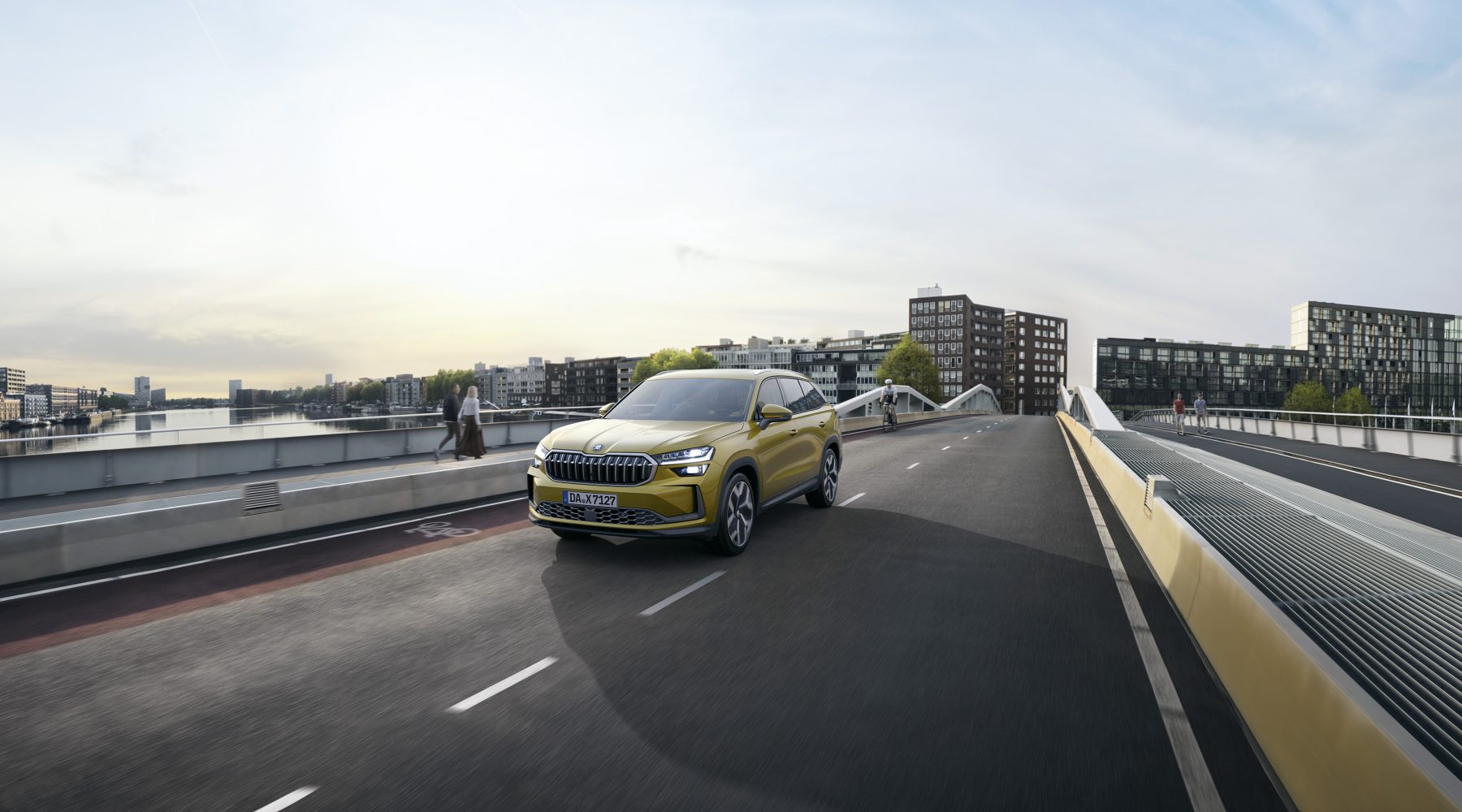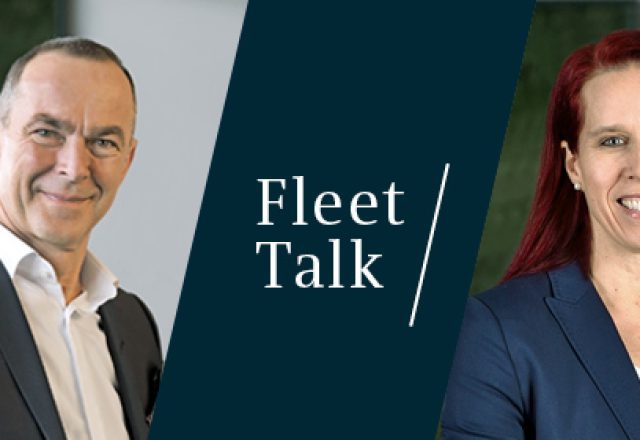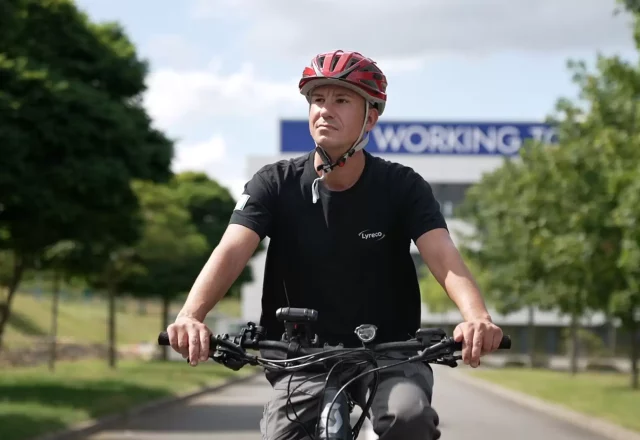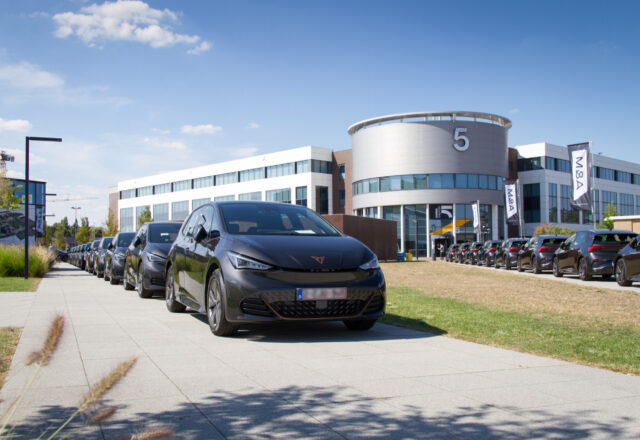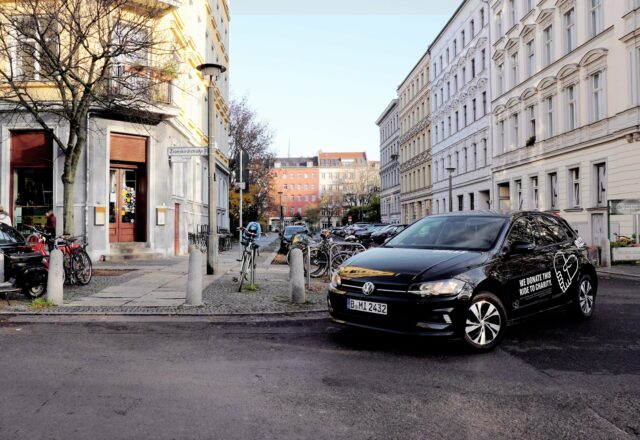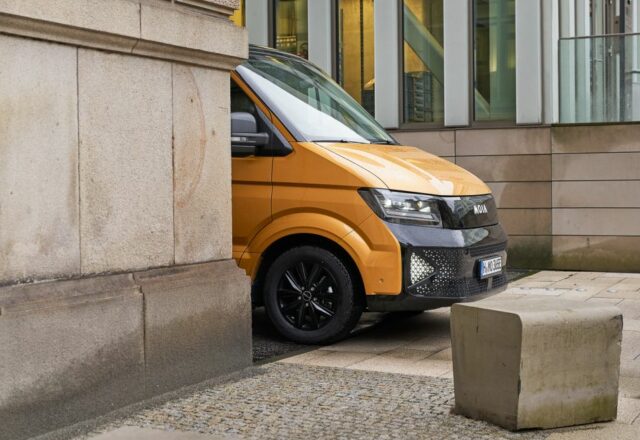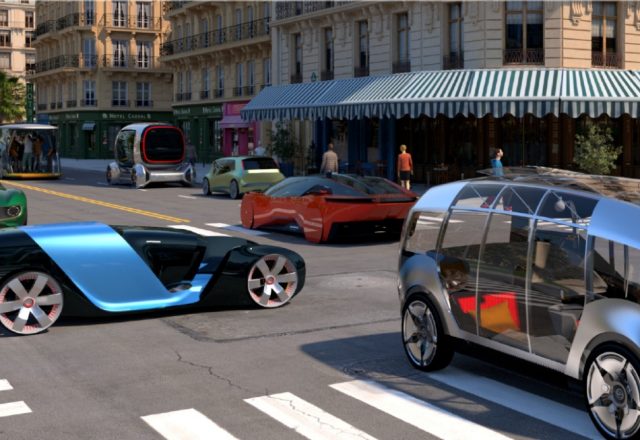Octavia, Kodiaq, Superb: Traditionally, hearing these names causes fleet operators’ ears to prick up. The new versions of these fleet-favourites will be hitting the market in 2024. Steffen Zöhke, Head of Fleets, Direct Customers and Remarketing at Škoda Auto Deutschland, explains what fleet customers can expect – and what progress is being made in terms of electric mobility – in the following interview.
Steffen Zöhke, Head of Fleets, Direct Customers and Remarketing, Škoda Auto Deutschland

Mr Zöhke, how is it going for Škoda in the German fleet customer business at the moment – and what do you envision for the future of your market?
As a matter of fact, we can be very pleased with our performance in the fleet customer business. Our bestsellers, the Octavia and Superb, remain very popular with our customer companies. And with the new generations of the Superb and Kodiaq that are on the horizon, as well as the upcoming product upgrade for the Octavia, we are appropriately optimistic about 2024.
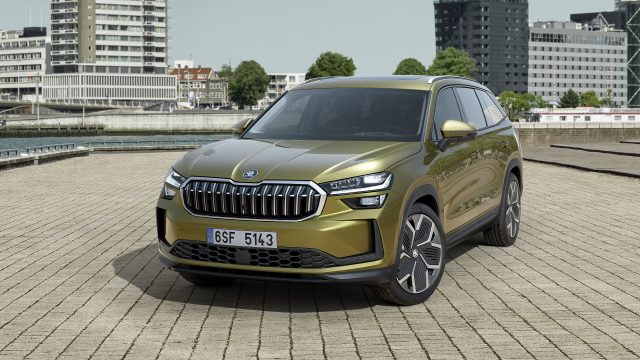
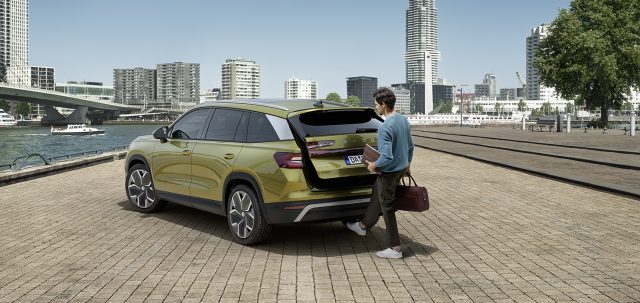
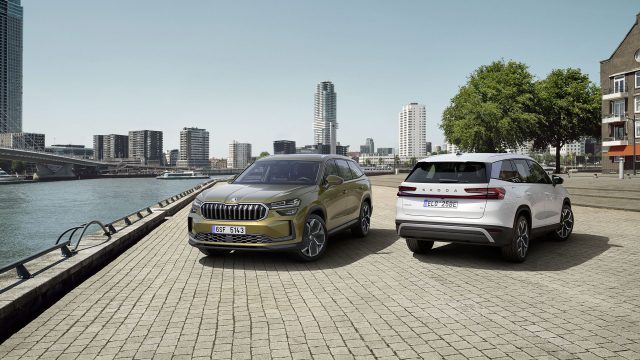
Let’s stick with the new Škoda Octavia. What technical highlights can fleet operators look forward to?
I would hate to spoil the anticipation at this point (laughs). So, I’ll just say this: Our customer companies can rest assured that we will not only be preserving the virtues of our best-selling model along with its facelift, but we will also be setting new and very exciting accents.
The market launch of the new Škoda Superb will also take place in 2024. So, the same question: What innovations will excite drivers of company cars most?
Aside from the development in the style of the body and interior, there will be a new operating concept with Smart Dials, some of which can be configured individually, for example. They combine the good feel of rotary knobs with the advantages of touch operation in the best possible way. In addition, there are also 28 Simply Clever features and an abundance of assistance systems.
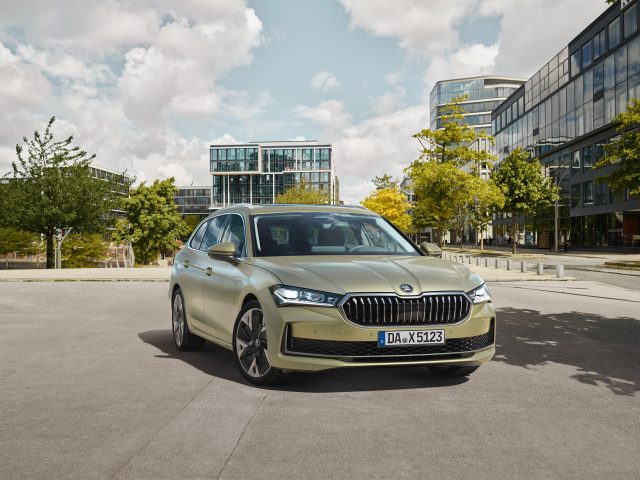
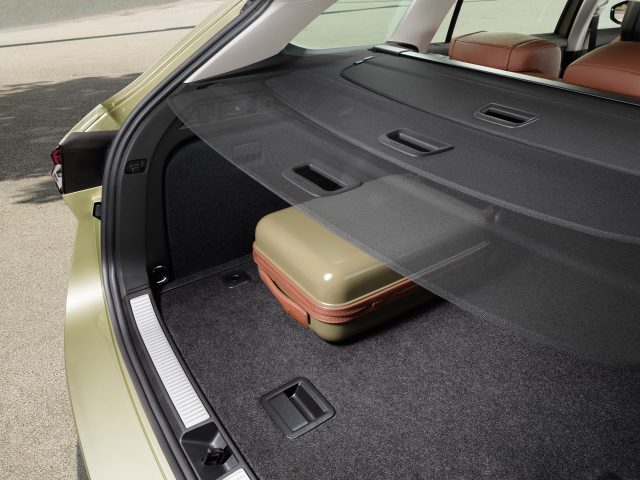
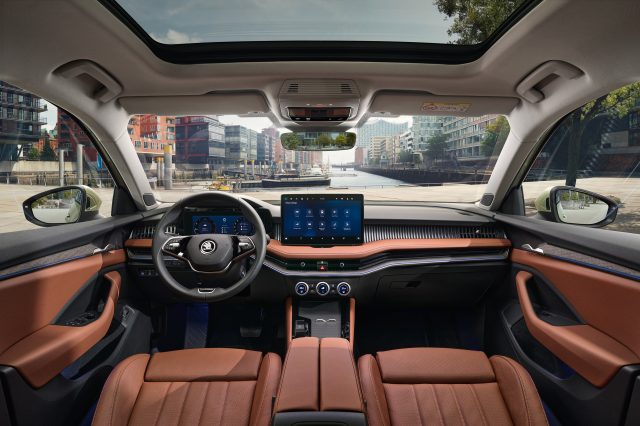
Let’s take a look at electric vehicles. What can we expect here?
We will expand our electric mobility offering with six new BEV models over the coming years. We will also further upgrade the Enyaq. We have already introduced the versions Enyaq 85 (Power consumption (combined): 15.8-14.9 kWh/100 km; CO₂ emissions (combined): 0 g/km; electric range: 535-563 km (WLTP values))¹ and Enyaq 85x (Power consumption (combined): 16.8.-16.0 kWh/100 km; CO₂ emissions: (kombiniert): 0 g/km; electric range: 512-536 km (WLTP values))¹, which feature new electric motors and improved battery management for a larger range and faster charging speed. And the 2024 model of the Enyaq 85 and all of the model versions mentioned above will also receive the option to preheat the battery, which improves charging performance, particularly in cold weather.
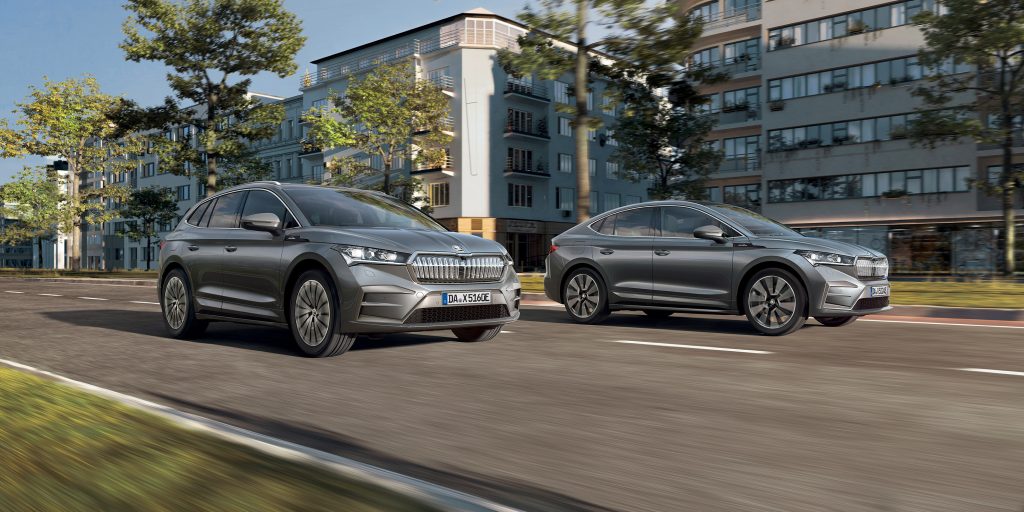
Ranges of up to 573 kilometres², improved overall charging speed and faster acceleration depending on the model: Škoda has completely revised its electric Enyaq model family.
Rising prices for vehicles and increased operating costs are currently putting fleet budgets under pressure. Various competitors are therefore running a discount campaign to secure or gain market share. Are you planning something similar?
Our fleet conditions are competitive and in line with the market. In order to continue to give our fleet customers more planning certainty in future, we recently introduced the Škoda delivery date guarantee. This means that we guarantee to meet the specified delivery dates with immediate effect. And we are even going one step further: If, contrary to expectations, a fleet customer does not receive the ordered vehicles on the promised date, Škoda Auto Deutschland GmbH will pay a €100³ premium for each additional month of waiting time. In addition, we offer price protection on the product and the leasing conditions at the time of the purchase agreement – giving our customer companies the greatest possible planning certainty. We are convinced that, in the current climate, this is a solid basis and secures residual values. Our focus therefore remains on healthy and sustainable business.
How will the electrification of fleets in Germany develop – especially in light of the electric car subsidy for company cars and other commercial registrations that expired on 1 September 2023?
Our fleet customers often set their own sustainability targets and also take these into account in their fleets. This means that electric mobility has simply become a permanent fixture – no ifs or buts. The expiration of the subsidy may slow down the electrification of the fleet market. The market will ultimately show and regulate whether state subsidies are needed again, But I don’t think that this is necessarily required. The 2023 Dataforce User Chooser study also proves that the demand for BEVs is increasing, and satisfaction with electric company cars is high.
Range and charging time are always given as arguments against electric vehicles – is this justified?
Absolutely not! We already have large fleets in our customer base that are switching to 100% electricity – and it’s working. The drivers are planning the necessary charging times into their routes as a matter of course, especially as regular breaks should be obligatory on longer business trips anyway. So, I don’t see any difficulties there from a technical perspective. Ultimately, a lot depends on people and their willingness to embrace new things.
Is Škoda supporting customer companies with the electrification of their fleets and infrastructure with specific measures? If yes, what are they?
Of course, as a mobility provider, we always endeavour to meet the needs of users when it comes to electric mobility. Because of this, users of company cars can analyse their usage behaviour on Fleet.Electrified⁴, for example, in order to see how well it harmonises with the specifics of electric mobility. Of course, our key account managers also offer the opportunity to gain concrete practical impressions during vehicle tests.
In your professional opinion, is the era of combustion engines coming to an end?
The political decision to ban combustion engines has been made. Until that happens, however, I believe that combustion engines will continue to be in demand. As a manufacturer, we naturally want to offer vehicles for the widest possible customer base – and this range not only includes the currently very broad portfolio of the electric Enyaq, but also economical and efficient combustion engines.
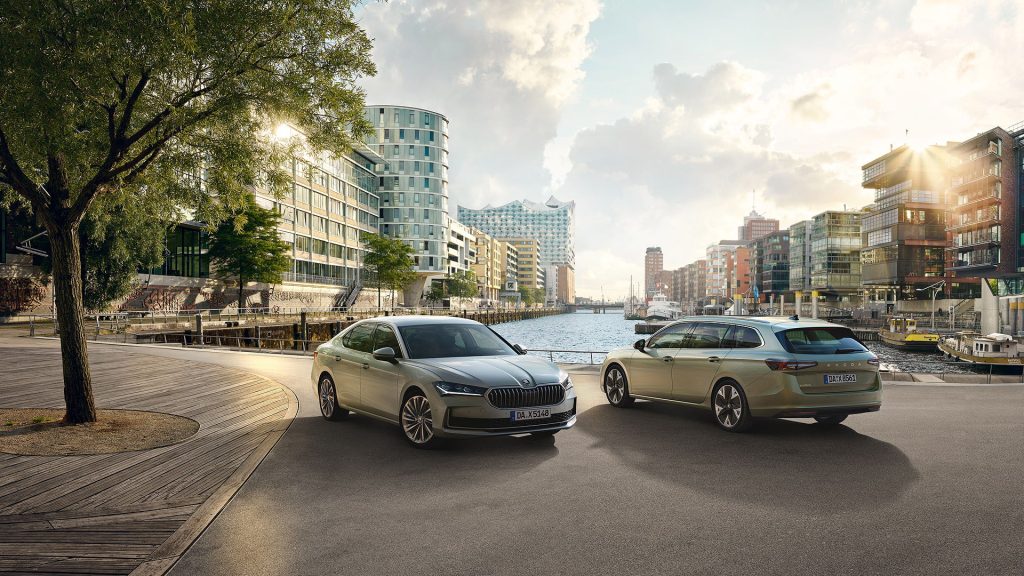
The new Škoda Superb combi is now available. At market launch, the model will be available in the versions Selection, Laurin & Klement. Each model offers two different engine-transmission options.
All information applies to the German market.
¹⁾The official consumption and emission figures will not be available until the type approval process is concluded.
The stated consumption and emission values were determined in accordance with the legally prescribed WLTP procedure (Worldwide Harmonised Light Vehicles Test Procedure), which gradually replaced the previous NEDC procedure (New European Driving Cycle) from 1 September 2018. The legislator is working on an amendment to the Passenger Car EnVKV and in the meantime recommends specifying the WLTP values for vehicles that can no longer be homologated on the basis of the NEDC procedure, which are in many cases higher than those according to the previous NEDC procedure due to the more realistic test conditions. Information on the differences between WLTP and NEDC can be found at www.skoda-auto.de/wltp.
Further information on official fuel consumption figures and the official, specific CO₂ emissions of new passenger cars can be found in the “Guide on the fuel economy, CO₂ emissions and power consumption of new passenger car models” that is available free of charge at all sales dealerships and from DAT Deutsche Automobil Treuhand GmbH, Hellmuth-Hirth-Str. 1, D-73760 Ostfildern or at www.dat.de/co2.
²⁾Applies to the Škoda Enyaq Coupé 85. Value determined in the WLTP measurement procedure. Actual fuel range depends on factors such as personal driving style, route conditions, outside temperature, weather conditions, use of heating and air conditioning, pre-tempering, number of passengers.
³⁾Fleet customers of Volkswagen AG, 38436 Wolfsburg, and their companies authorised to place orders with a valid fleet account framework agreement are eligible. Campaign period – all orders since 1 October 2023 (until cancelled). Guarantee bonus of €100 net per month exceeding the contractual delivery date for every order placed during the campaign period. The contractual delivery date for leasing orders of Škoda Leasing is the confirmation of the delivery date documented in the leasing order by Škoda Financial Services. The contractual delivery date for purchase and financing transactions, or the entry of an independent leasing company, is stated in the order confirmation from Volkswagen AG.
⁴⁾ An offer from Volkswagen Financial Services for fleet customers and individual commercial customers.
Status: 18.12.2023
© Volkswagen AG
